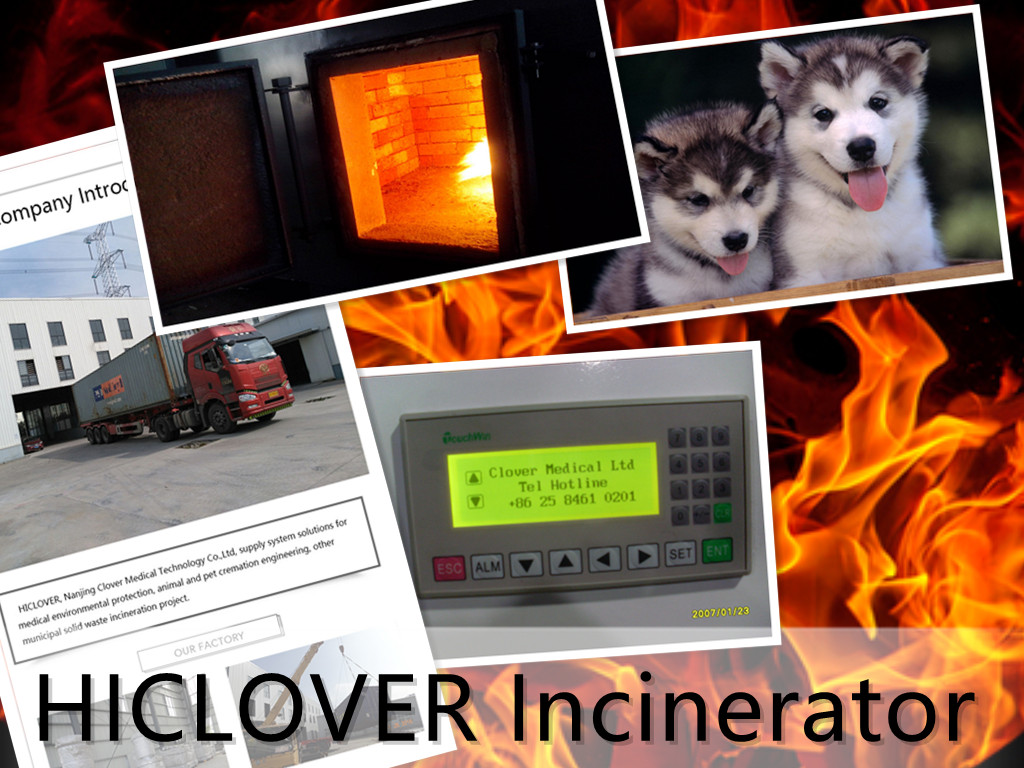Assessing the Impact: Dioxin Emissions from PVC Incineration
Polyvinyl chloride (PVC) is a widely used plastic material in various industries, from construction to health care. However, the incineration of PVC can lead to the release of harmful dioxin emissions, which can have serious environmental and health impacts. It is important to assess and understand the extent of this impact in order to mitigate its consequences.
Dioxins are a group of highly toxic chemical compounds that are formed as byproducts of industrial processes, such as waste incineration. When PVC is burned, dioxins can be released into the atmosphere, where they can linger and accumulate in the environment. These toxic substances can also make their way into the food chain, posing a risk to human health.
The impact of dioxin emissions from PVC incineration can be far-reaching. Environmental contamination can harm ecosystems and wildlife, while human exposure to dioxins can cause a range of health problems, including cancer, reproductive and developmental disorders, and immune system damage. Therefore, it is essential to assess the extent of dioxin emissions from PVC incineration in order to understand and mitigate its impact.
One approach to assessing the impact of dioxin emissions from PVC incineration is through monitoring and analyzing air and soil samples near incineration facilities. This can help to determine the levels of dioxins in the environment and identify potential hotspots of contamination. Additionally, studying the presence of dioxins in food and animal products can provide insight into the extent of human exposure to these toxic substances.
Furthermore, conducting health studies on populations living near incineration facilities can help to understand the potential health impacts of dioxin exposure. This can involve analyzing biomarkers of dioxin exposure in blood samples and assessing the prevalence of dioxin-related health conditions in the affected communities.
In addition to assessing the impact of dioxin emissions from PVC incineration, it is crucial to implement measures to mitigate its consequences. This can include improving emission control technologies in incineration facilities, implementing more stringent regulations on dioxin emissions, and promoting the use of alternative, less toxic materials to reduce the need for PVC incineration.
Overall, assessing the impact of dioxin emissions from PVC incineration is essential to understanding and mitigating the environmental and health risks associated with this process. By monitoring dioxin levels in the environment and studying the potential health impacts of exposure, we can work towards reducing the release of these toxic substances and protecting both the environment and human health. It is crucial for industries, governments, and communities to collaborate in addressing this issue and finding sustainable solutions for managing PVC waste without causing harm to the environment and public health.



